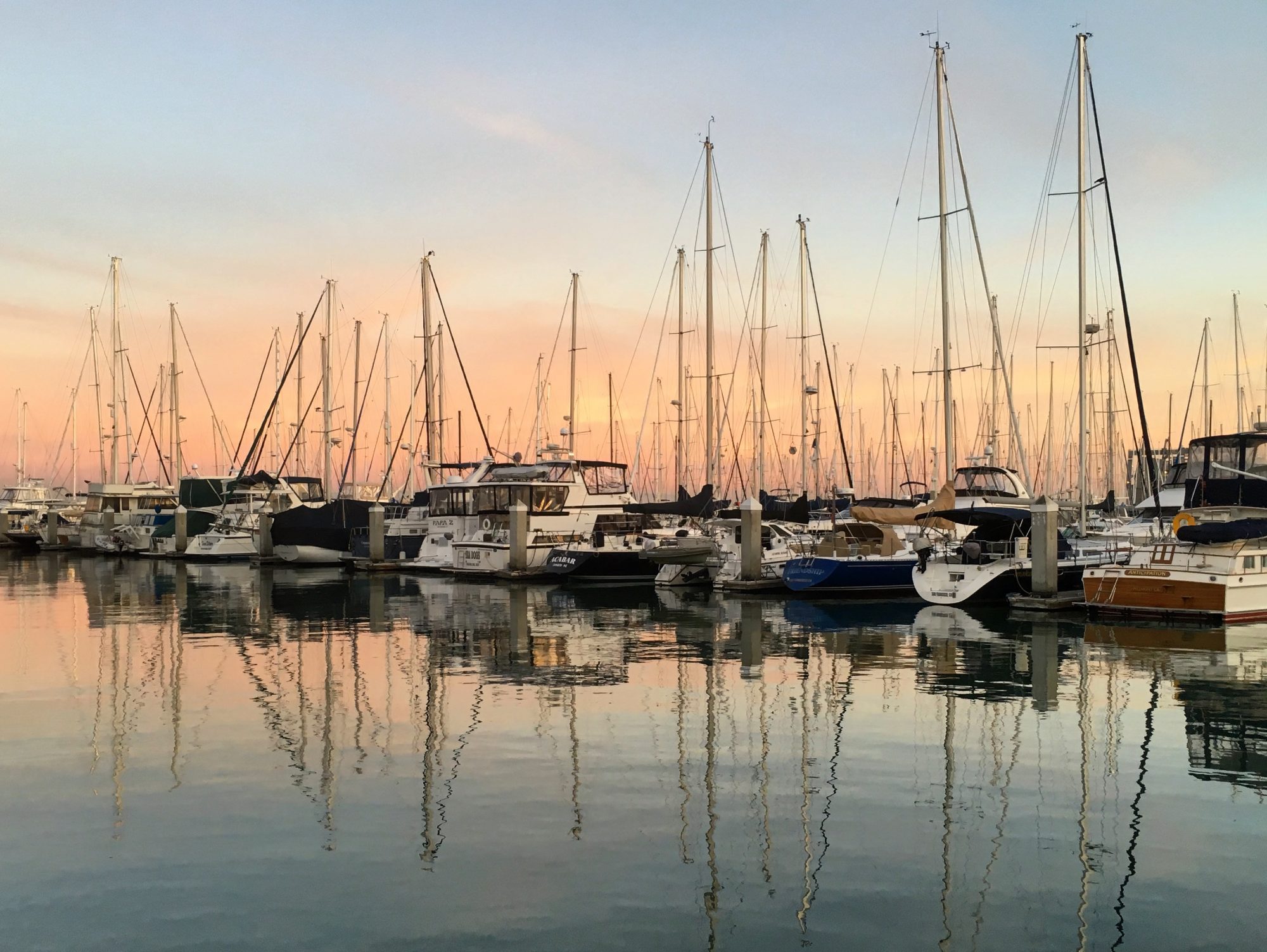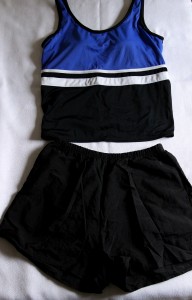 Sometimes the stars line up just right, which is why I’m able to bring you a review of what it’s like to fly first class on Delta’s transatlantic Business Elite service.
Sometimes the stars line up just right, which is why I’m able to bring you a review of what it’s like to fly first class on Delta’s transatlantic Business Elite service.
It happened on recent flight back to the United States and was due to an upgrade, oh blessed, blessed upgrade. The flight was from Heathrow to San Francisco with a connection in Minneapolis and for the important leg of the trip, the crossing the pond bit, I flew Delta Business Elite.
Even though I am neither very business-like nor elite.
As it happened, there was a little bit of excitement before we boarded because this was the morning a plane had mechanical troubles after taking off from Heathrow and had to return for an emergency landing after streaming smoke across the sky above London.
Do you know how disturbing it is to sit at the gate watching footage of an injured plane making an emergency landing in the very airport you are about to take off from?
Very disturbing.
Normally, I would have freaked the freak out. But not this time. I was too excited thinking about the luxury in store.
Being elite and all I was at the front of the line and was zipping along when a guy with a mere premium economy ticket, wearing, incidentally, a black turtleneck and tragically hip glasses, tried to step in front of me. Did I remonstrate vulgarly? Try to cut him off with my 19″ spinner? Not a bit of it. I merely paused and gave the pained stare of the privileged while a gate agent quickly stepped forward and blocked Mr. Turtleneck with a stern, “Just a minute, sir.”
Ha. Peasant.
I sailed serenely forward to my cabin in the sky.
Oh the space! The pristine leather seat! The flight attendant greeting me with a smile and a drink! I had a window seat which meant I essentially had my own little mini-cabin, ample storage space above, all kinds of extras including a TUMI Dopp kit filled with essentials and, of course, a good sized screen loaded with more entertainment than I could reasonably get through in one flight.
The food — well, to be perfectly frank, the food was still airplane food. Served on china with real cutlery so it was definitely superior to being back in steerage sawing away at rubber pasta with a spork, but that’s about it. The appetizer of smoked salmon was tasty, but the main dish was your basic chicken.
(Making airplane food tasty is a real headache. Apart from the logistical problems of having to chill and reheat the meal, there’s also the issue that our tastebuds are dulled in flight. It turns out Delta is about to launch a televised competition for a new airline chef, I’ll have more on that next week.)
But food, drink, entertainment — these are just foreplay. The real draw is the flat-bed seat, available on the 767-400ER I flew. I was worn out from a week of gin tasting — Don’t laugh. It’s exhausting. — and could not wait to set that bad boy down and bundle up in my comfy duvet. With full-size pillow!
I know what you’re thinking. How much more was all this? Too much more, I am sorry to say. The regular ticket is about $1,500; flying business is more than double that. It’s not likely I’d ever pony that up from my own pocket even if I had it.
However, I am able to report the experience was, without a doubt, the best flight I ever had. When we arrived and were being whisked off the plane first, who should make a reappearance but Mr. Turtleneck, shoving his oversized carry-on (containing, what, a month’s supply of black clothing?) in front of me. Did I complain? I did not. With a gracious, “After you,” I waved him on.
I would like to say that hours of heavenly luxury had made me a better person. But in truth I was loath to get off that plane and go back to my decidedly economy-class life.
Cheers, classily.










 What should you wear when you’re going to get out in the vineyard to observe the nitty gritty, emphasis on gritty, of grapegrowing?
What should you wear when you’re going to get out in the vineyard to observe the nitty gritty, emphasis on gritty, of grapegrowing?